Scottish castles: Floor Castle

Floor Castle
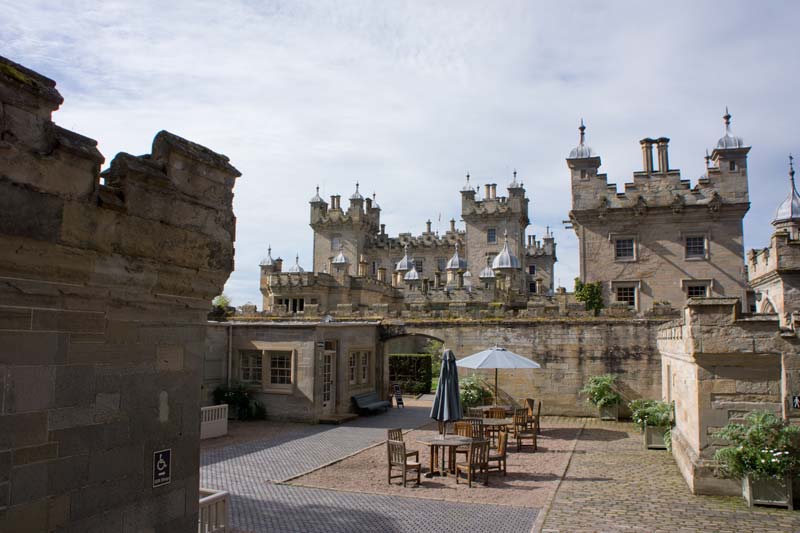
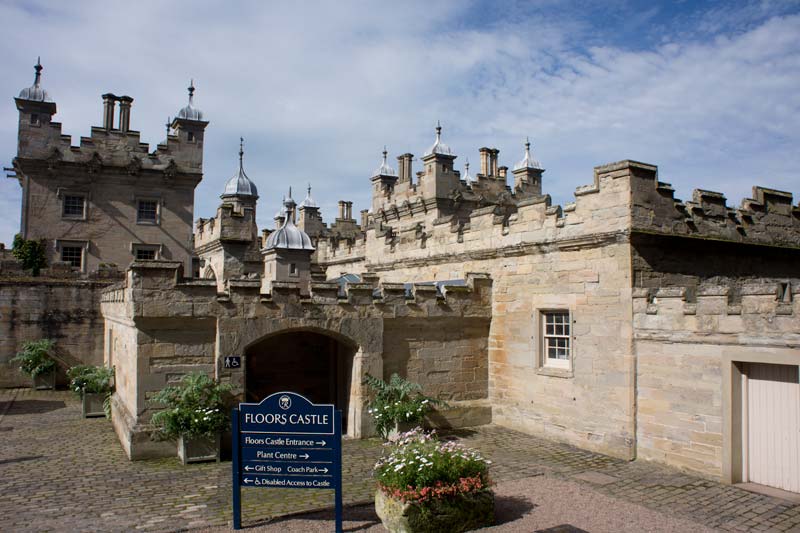
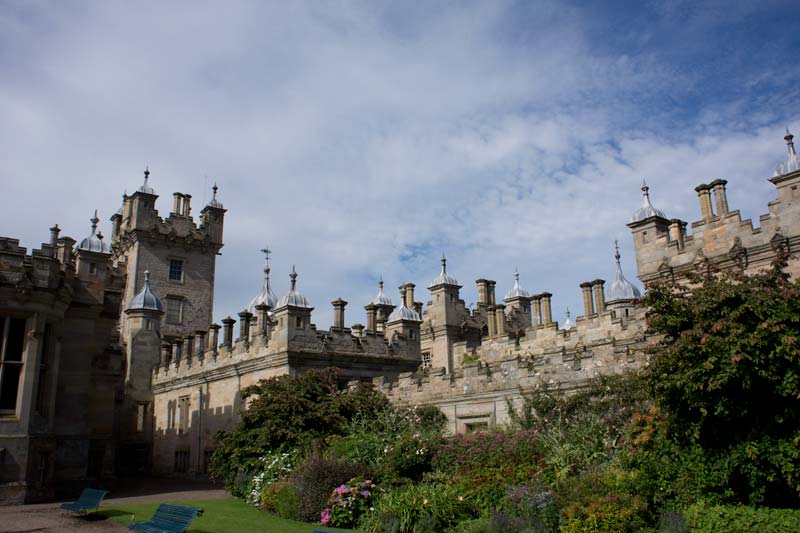
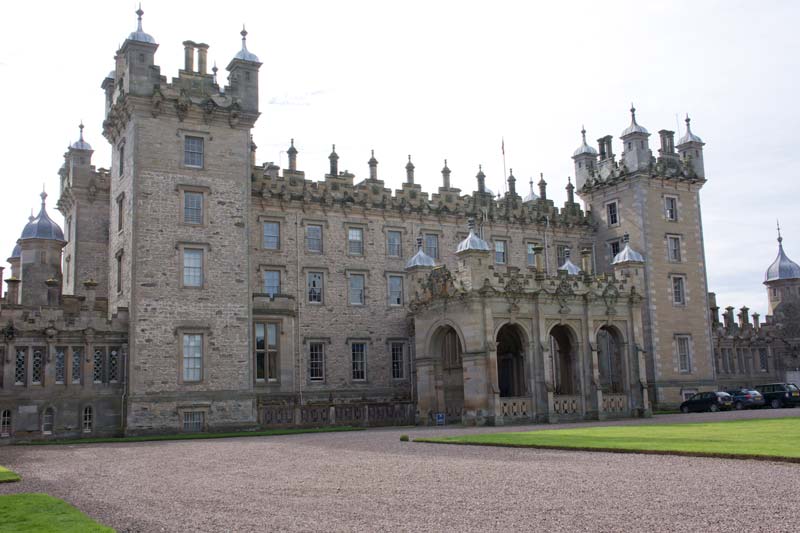
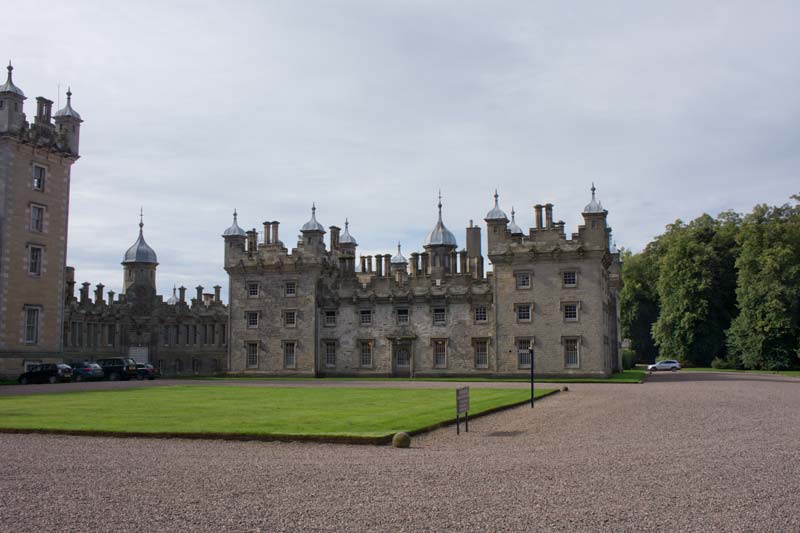
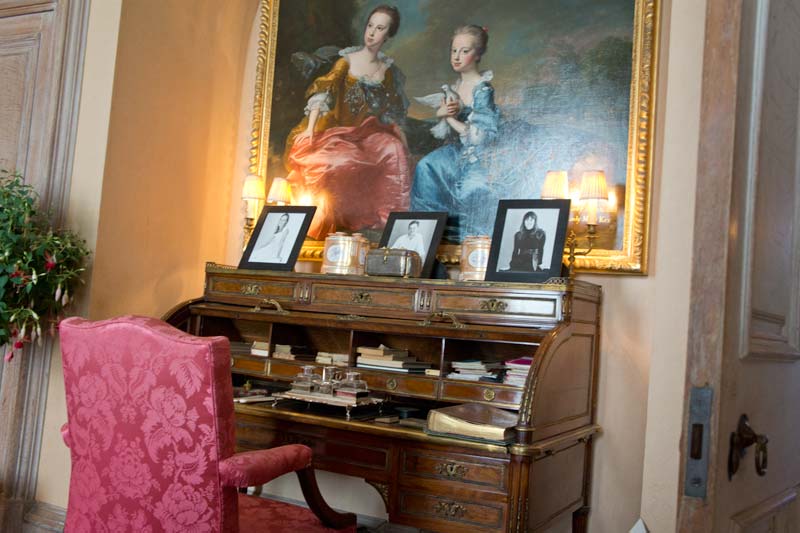
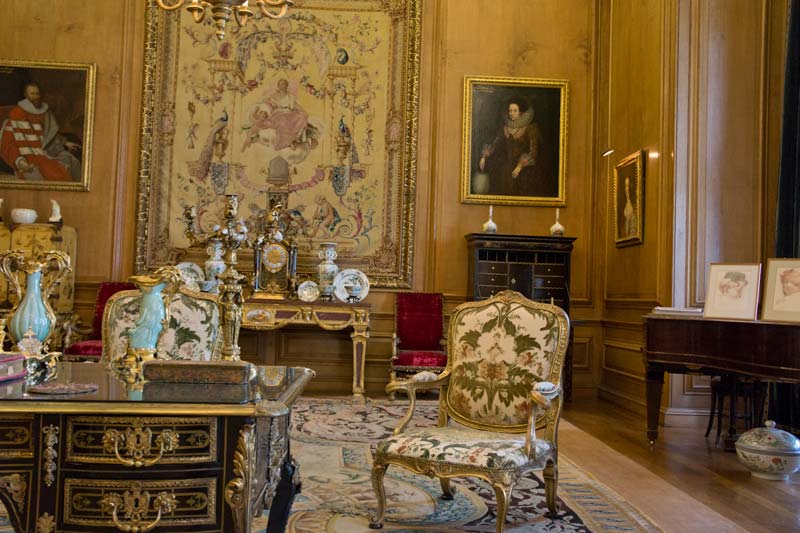
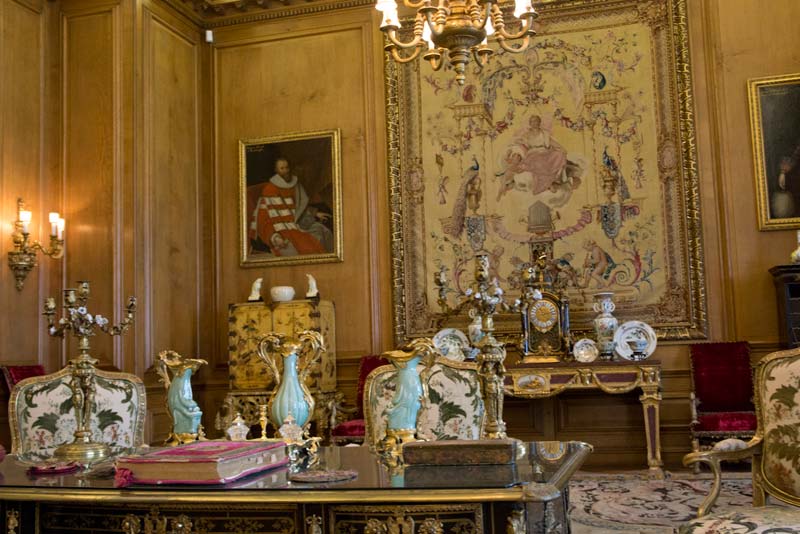
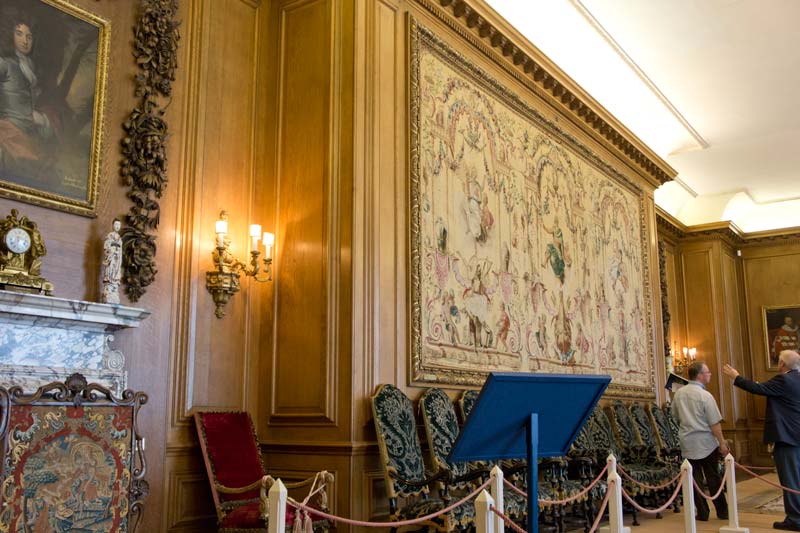
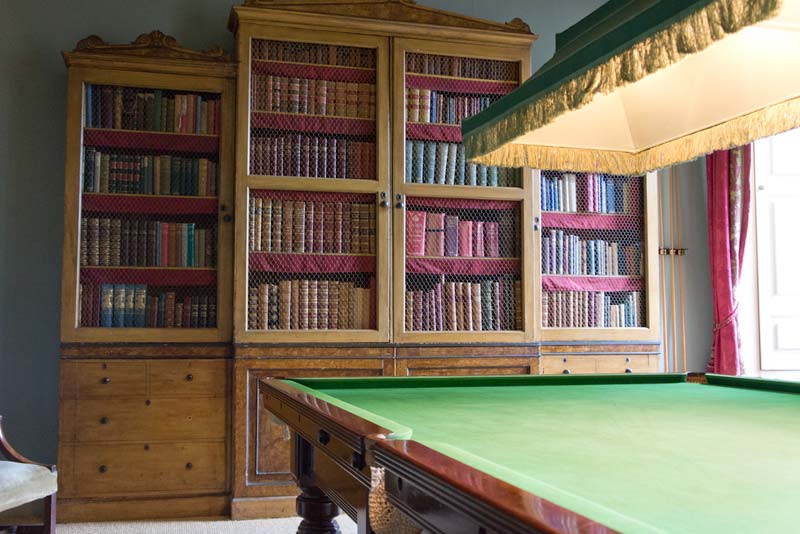
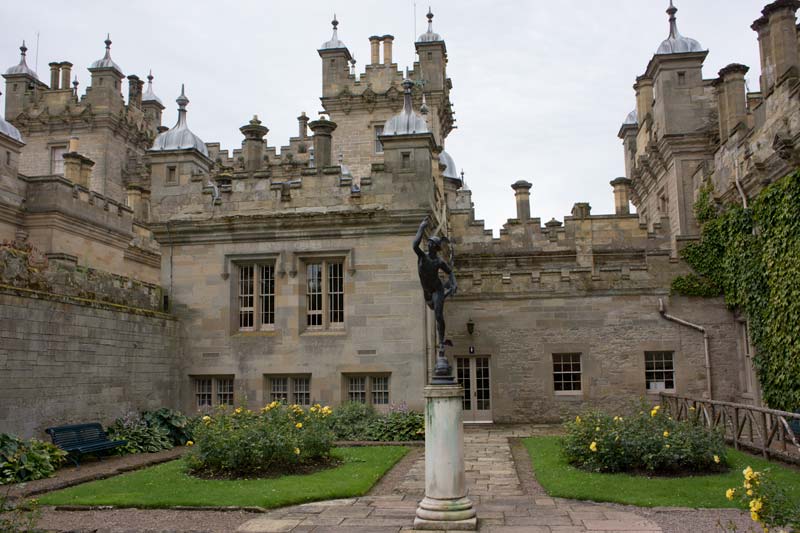
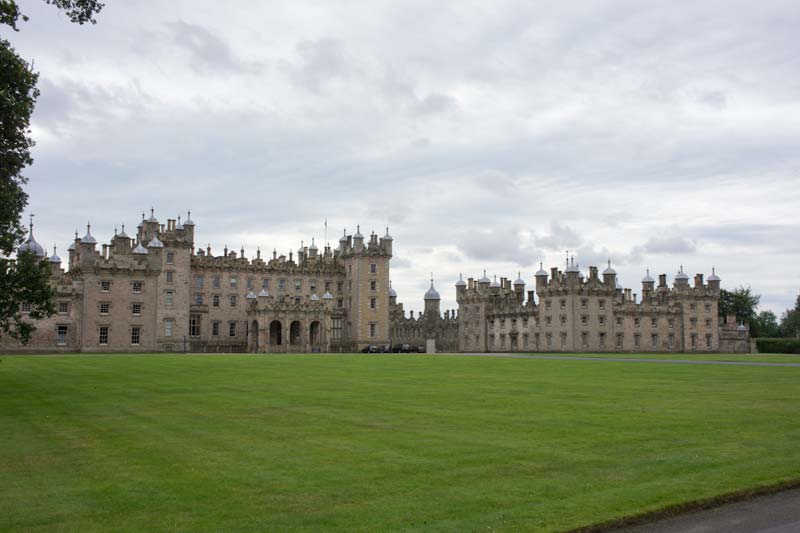
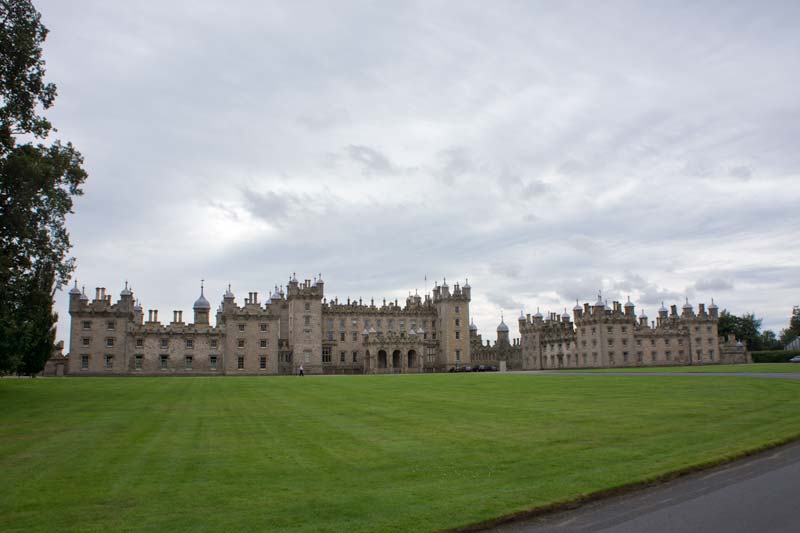
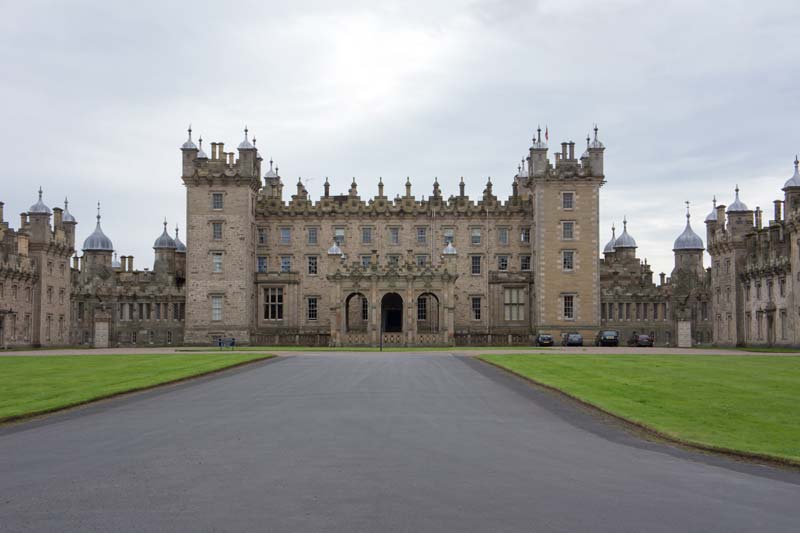
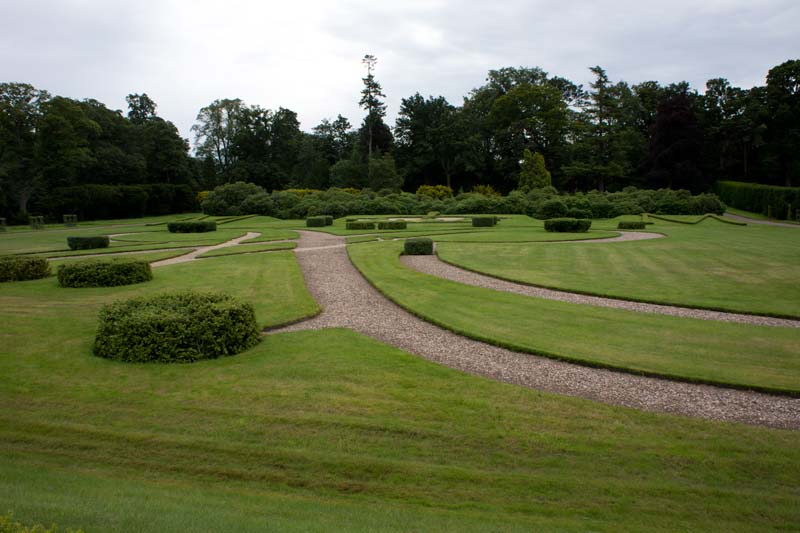

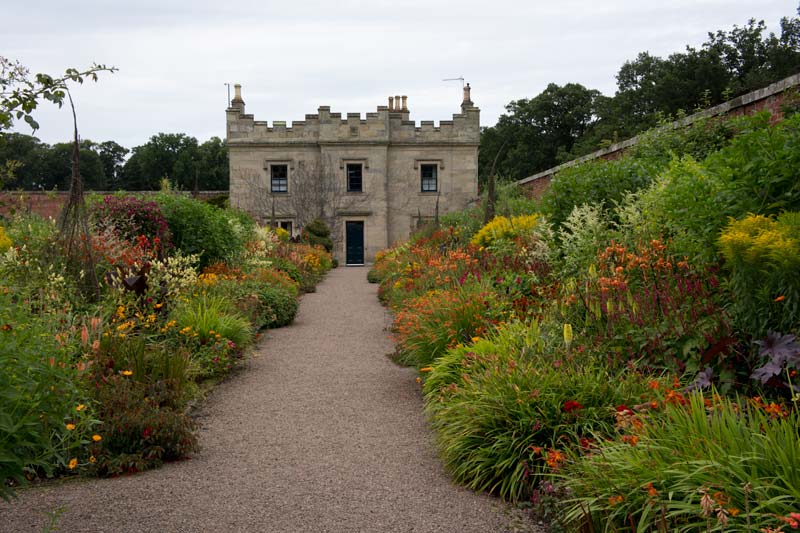

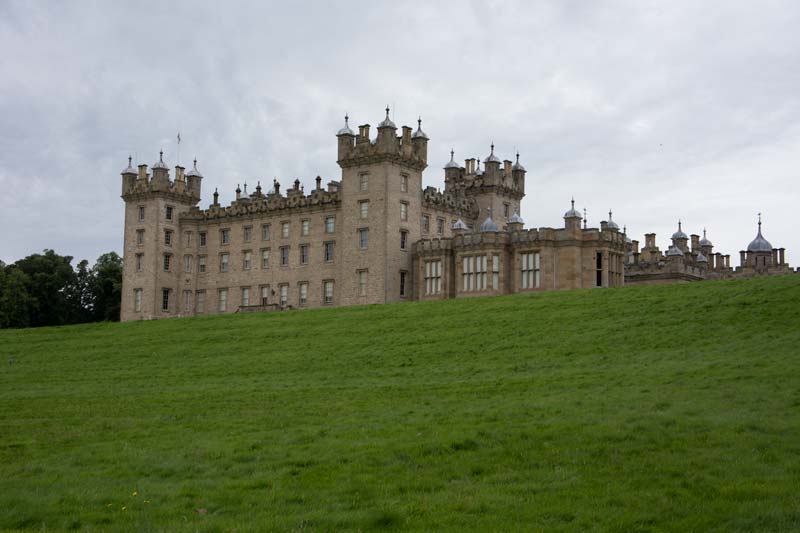

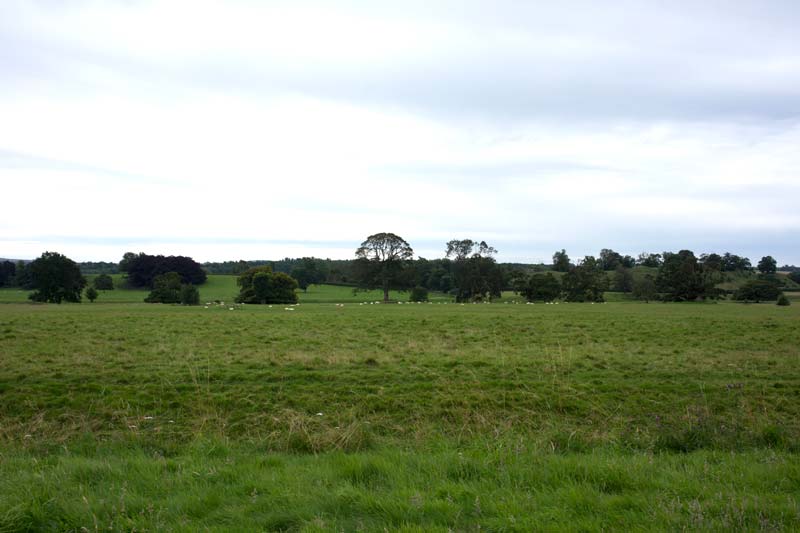
Floors Castle, on the western outskirts of Kelso, south-east Scotland, is the seat of the Duke of Roxburghe. Despite its name it is a country house, rather than a fortress. It was built in the 1720s by the architect William Adam for the 1st Duke, possibly incorporating an earlier tower house.[1] In the 19th century it was embellished with turrets and battlements by William Playfair for the 6th Duke. Floors has the common 18th-century layout of a main block with two symmetrical service wings. Floors Castle lies on the River Tweed and overlooks the Cheviot Hills.
Floors Castle is now a category A listed building, and the grounds are listed in the Inventory of Gardens and Designed Landscapes, the national listing of significant gardens in Scotland.It is open to the public. The castle featured in the 1984 movie Greystoke: The Legend of Tarzan, Lord of the Apes.
Background
The Dukes of Roxburghe, formerly Earls of Roxburghe, are members of the Innes-Ker, formerly Ker family, a branch of the Kerr family. James Innes, on succeeding as 5th Duke in 1812, and inheriting the estates and peerages through the female line, was obliged to change his name to Innes-Ker, and thus ceased to be the chief of Clan Innes, since he now bore a double-barrelled name. Floors Castle, is a reminder of the Auld Alliance between France and Scotland that existed for many years, and which culminated in the marriage of Mary, Queen of Scots, to the French Dauphin François.
The name is thought to come either from "flowers" (or the French fleurs), or from the "floors", or terraces, on which the castle is built.
Early history
Although the present Castle lacks all defensive capabilities, and was built in a period when private fortresses were redundant in lowland Scotland, there was possibly a tower house on the site. Tower houses, or pele towers, were typical of the Scottish Borders. Until the early seventeenth century, the Anglo-Scottish border lands, or "Marches", were a lawless place where reprisal attacks were common, and which often took the form of cattle rustling or murders, carried on by gangs of Reivers. Floors also stands opposite the site of Roxburgh Castle, an important medieval fortress where King James II was killed during a siege in 1460.
The lands of Floors were held by the monks of Kelso Abbey, until the Reformation, when they were handed to Robert Ker of Cessford (1570-1650, later the 1st Earl of Roxburghe) by King James VI.
The country house
The 5th Earl of Roxburghe (1680-1741) played a role in securing the Union of England and Scotland in 1707, and was rewarded by being created 1st Duke of Roxburghe. He commissioned the Scottish architect William Adam (1689-1748), father of Robert Adam, to design a new mansion incorporating the earlier tower house. It was built between 1721 and 1726, and comprised a plain block, with towers at each corner. Pavilions on either side housed stables and kitchens.
Around 1837, the 6th Duke (1816-1879) commissioned the fashionable architect William Playfair to remodel and rebuild the plain Georgian mansion house he had inherited. The present form of the building is the result of Playfair's work, and is in a similar style to his buildings at Donaldson's College, Edinburgh. In 1903, the 8th Duke married the American heiress May Goelet. She brought with her from her Long Island home a set of Gobelins Manufactory tapestries, that were incorporated into the ballroom in the 1930s, and added to the collection several modern pictures by Walter Sickert and Henri Matisse, among others. (wikipedia)